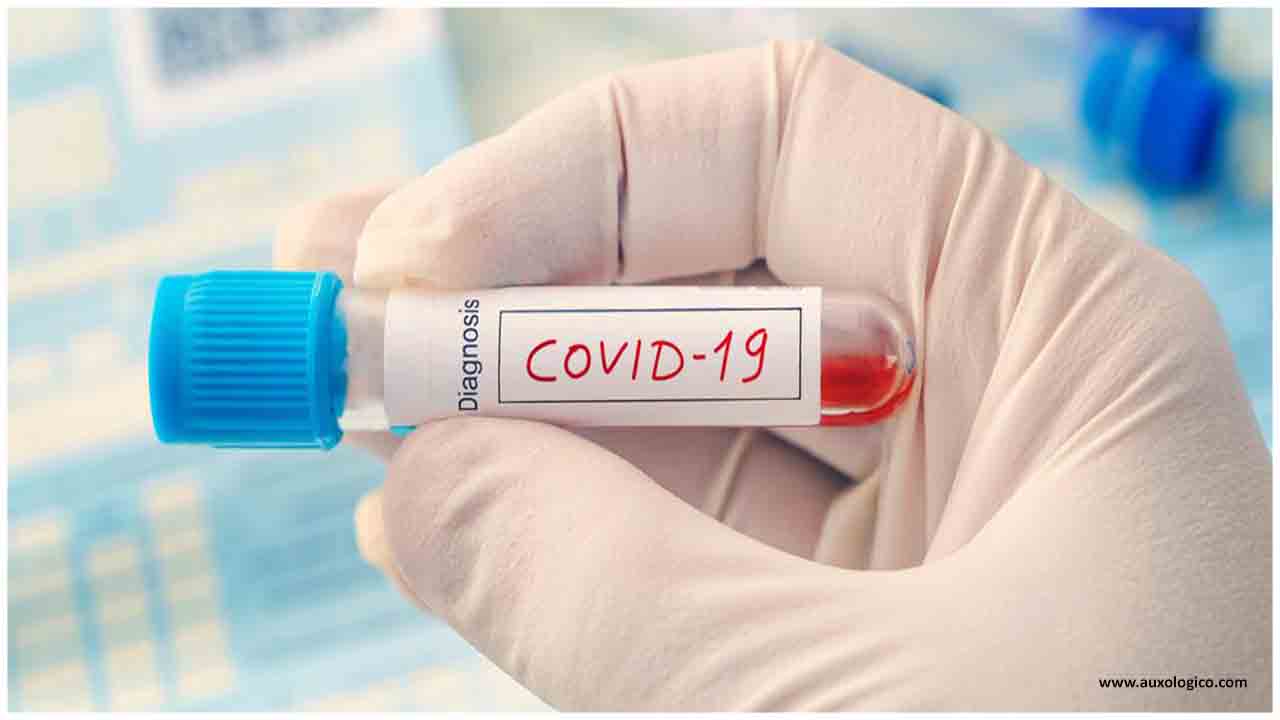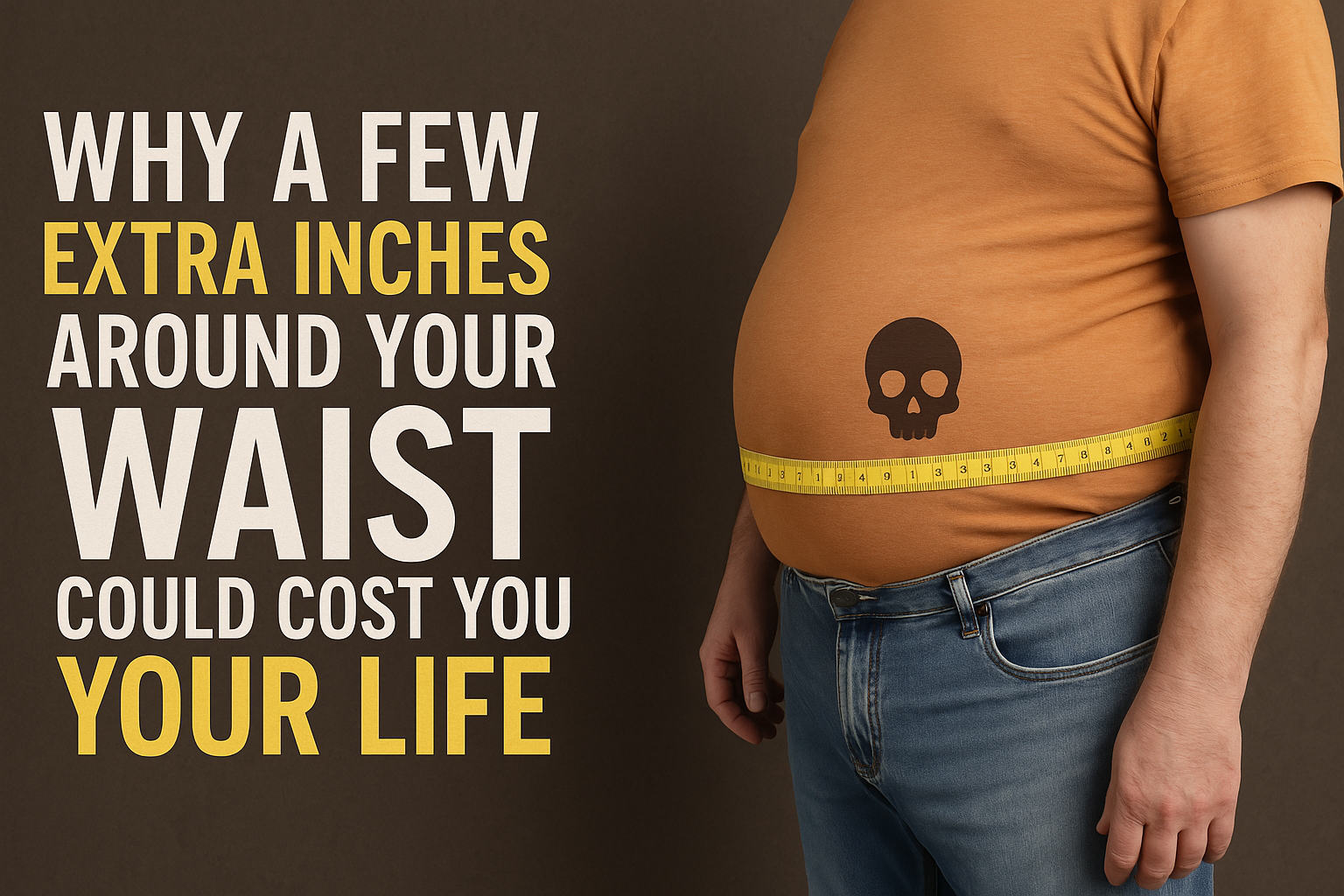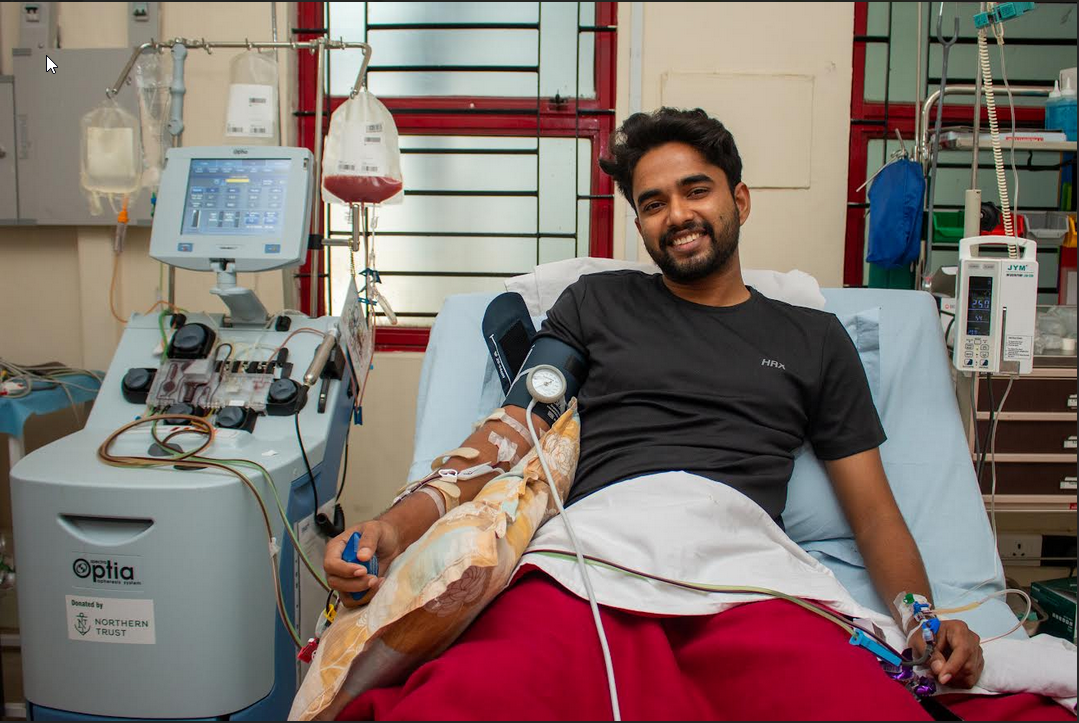Covid-19 continues to kill close to 1,000 Americans a day. But for those who develop dangerous cases of the infection, advances in medical care, and the growing experience of doctors are improving the chances of survival.
Since the first case arrived in the U.S. at the start of the year, medical professionals have gone from fumbling in the dark to better understanding which drugs work -- such as steroids and blood thinners, and the antiviral medicine remdesivir. The allocation of intensive medical resources has improved. And doctors have learned to hold off on the use of ventilators for some patients, unlike with many other severe respiratory illnesses.
Doctors and experts say that improved medical tactics and earlier treatment are helping improve the outcomes for very sick patients, said Andrew Badley, head of Mayo Clinic's Covid Research Task Force.
"Health-care preparedness today is much better than it was in February and March," Badley said in an interview. "We have better and more rapid access to diagnosis. We have more knowledge about what drugs to use and what drugs not to use. We have more experimental treatments available. All of those contribute to possible improvements in the mortality rate."
One study looked at 4,689 Covid-19 hospitalizations from March to June in New York, adjusting patients' mortality rate for factors such as age, race, obesity, and any underlying illnesses they might have had. In the first half of March, the mortality rate for hospitalized patients was 23%. By June, it had fallen to 8%. The research hasn't yet been peer-reviewed, a process through which other experts examine the work.
Despite the gains, the U.S. will soon pass 200,000 deaths, and tens of thousands of Americans are confirmed infected each day. The number killed by the disease is still in large part a factor of how many are infected in the first place -- the more people who get sick, the more die. The Centers for Disease Control and Prevention has emphasized that a mask is still the best available protection from the virus for most people. And experts warn that the virus is still very dangerous and can kill even seemingly healthy individuals.
"Even with these improvements, this is not a benign disease," said Leora Horwitz, an associate professor of population health and medicine at New York University's Grossman School of Medicine who conducted the New York study of Covid-19 hospitalizations. "This does not mean that coronavirus is now a non-dangerous disease. It remains a very serious threat to public health."
The Right Number
Public-health officials, epidemiologists, amateur observers, and others have watched as the pandemic has unfolded, looking for how to measure the virus's deadliness. Tallying deaths as a percentage of the greater population sheds light on the scope of the pandemic. Excess mortality compares fatalities to what the death rate is expected to be. But neither method offers insight into whether the virus is becoming more or less deadly for an individual with a severe case.
Even looking at deaths per the number of confirmed cases can be misleading as the result is largely a function of testing, experts say. If many mild or asymptomatic cases are captured, mortality rates will be skewed lower. In Europe, for example, there are anecdotal signs of a similar trend, though much of the lower death rate may be because of more cases being found in younger, healthier people. More infections in young people are being found in the U.S., as well.
"You have to understand who you're testing and then what the real fatality rate is for that demographic," said Aaron Glatt, chief of infectious diseases at Mount Sinai South Nassau hospital.
There is even a hypothesis that public health-measures like mask-wearing and distancing can help decrease the number of virus people is getting infected with, leading to less severe cases because the body isn't overwhelmed with a large dose of the virus at once.
"Even though they're getting infected with the virus, perhaps they are getting less of a dose of the virus and so they're just getting less sick from it," Horwitz said.
Lessons Learned
In New York, the first major U.S. city hit hard by the virus, knowledge among doctors was limited as cases poured into emergency rooms this spring. There have been more than 27,000 confirmed and probable Covid-19 deaths in the city, the bulk of them at the peak of the outbreak there in March and April.
As the outbreak moved on to other parts of the country, such as Texas, health-care workers had more time to prepare and learn what works.
"We kind of had a playbook before we even started seeing any patients in Texas," said Robert Hancock president of Texas College of Emergency Physicians. "We understand the things that work at this point with Covid much better."
Since March, doctors have learned valuable lessons, not only about how to ensure hospitals don't run out of ICU beds and ventilators, but also that flipping a patient onto their stomach, known as prone positioning, can help. Giving patients steroids early on and treating them with blood thinners can also improve someone's prognosis.
"Now that we know that we might need to start these patients on blood thinners and Heparin pretty quickly, that's helping," said Diana L. Fite, president of the Texas Medical Association. "A lot of these deaths from Covid are because of the blood coagulation; the blood clots ruin their organs."
Though there is still no cure for the coronavirus, all of the improvements in treatment and preventative measures combined contribute toward an improved prognosis for patients, Fite said. In Texas, there have been at least 14,590 deaths from the virus, according to the Texas Department of State Health Services.
"Even if these things aren't cures, they help a small percentage do better," Fite said. "You add several of those things up and you've got a better outcome overall."

 Since March, doctors have learned valuable lessons, not only about how to ensure hospitals don't run out of ICU beds and ventilators, but also that flipping a patient onto their stomach
Since March, doctors have learned valuable lessons, not only about how to ensure hospitals don't run out of ICU beds and ventilators, but also that flipping a patient onto their stomach









.jpeg)



.jpg)




.jpg)





.jpeg)

.jpg)


